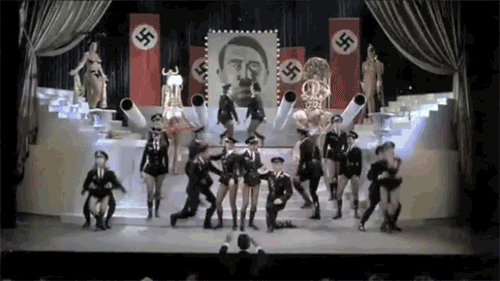Contextual Studdies: Documentry Screening
- Documentries are unscripted, but rely on classic narative structure.
- They employ real people not actors, although they can be directed to an extent.
- Usually shot on hand held cameras although they can incourperate static shots.
- Does'nt focus much on mise en scene but still uses framing and lighting.
Dramatic films are the complete oposite to this.
Documentry in the purest sense is filmed observation. A recording, or documentation of reality rather than fatasy.
The term was first coined in by scottish filmmaker John Grierson. Who described documentries as a "creative treatment of reality".
Documentry is broken down in to two main formats.
Formal Documentry:
Observational (Excluded)
Current Affairs/factual (Making A Murderer; content driven)
Polemic (Adam Curtis)
Uses documentry form, techniques and conventions to educate, debate, and inform.
Hybrid Documentry:
Reality (Benafit Street)
Scripted Reality (TOWIE)
Drama Documentry (Man On Wire, Touching The Void)
Uses documentry form, techniques and conventions, but with the primary purpose of entertainment.
Narative Documentry Modes:
- Expository-Emphasises rhetoric and information. The classic "voice of God", current affairs BBC documentry.
- Observational- Classic fly on the wall style. No voice over or techniques that would interupt the action.
- Participatory- Onscreen relation ship between film maker and subject, usually via interview.
- Reflexive- Makes viewer aware of film mking proccess.
- Poetic- Uses a unique narative structure to re tell the events but without the main focus of informing the audience.
- Performative- uses actors to re-enact the drama/story.
Documentries often promote, or at least comment on certain ideoligies. Documentries can often be used for propaganda purposes.
Making A Murderer does not atempt to promote the themes of crime, and the producers try to be ambiguouse. However the people they selected to be in their documentry were carfully chosen, not n=based on preference or biasst. They each have theor own opinions on the events covered in the documentry but the producers try and keep things fair.
Shows like this are verry strong at creating representation of characters/real life people and events. You must be careful to include a contrasting range of characters in order to avoid a biast representation.
The dramatisation of events and the way they are played out is a good stylistic device. It can also make a documentry more subjective.




